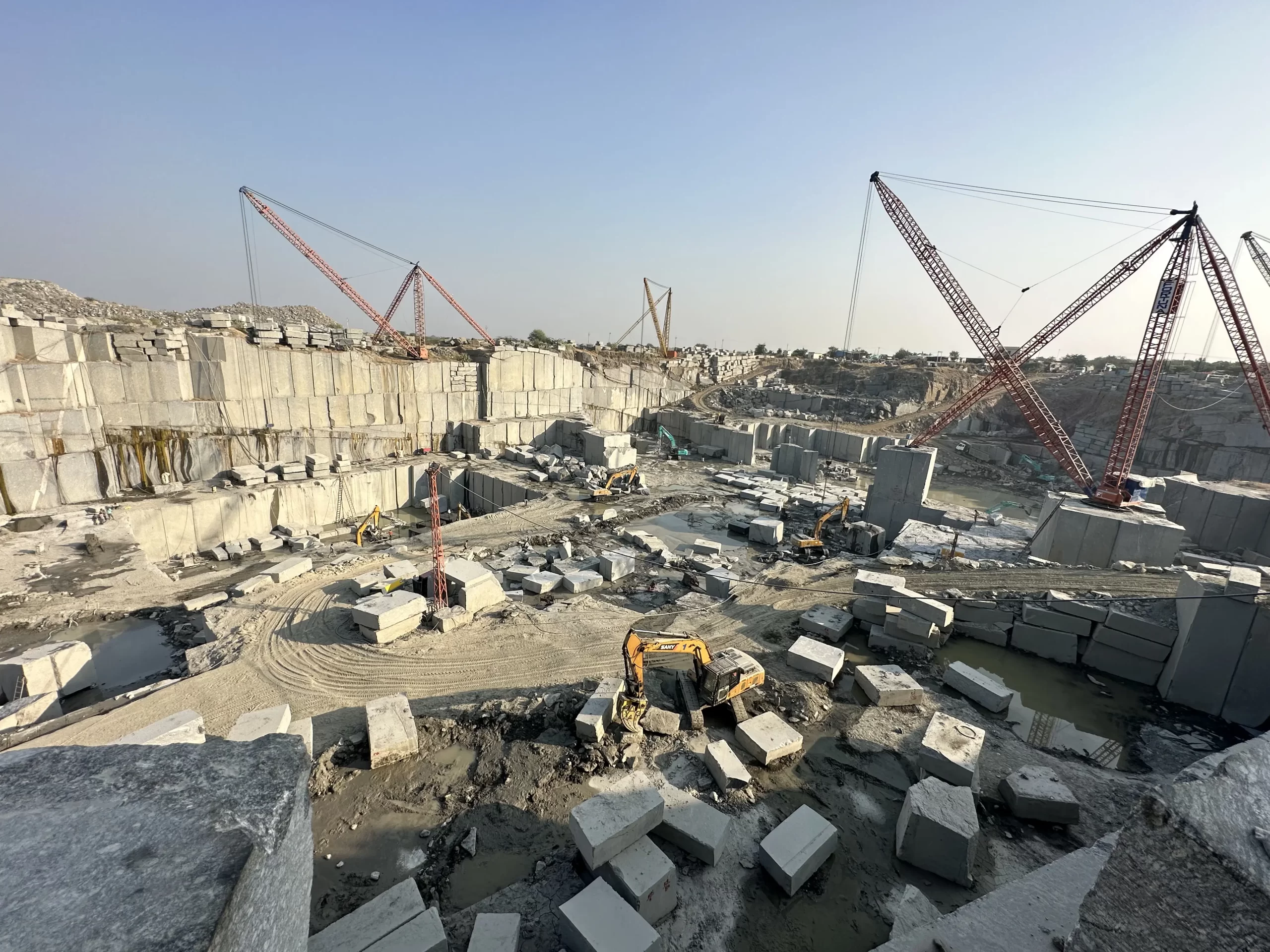The Concealed Gems: Checking Out Granite Quarries in South Africa
Unearthing the Rich History and Lasting Practices of Granite Quarrying
As we depend on the precipice of uncovering the detailed tapestry of granite quarrying, a trip via time reveals not simply the physical act of removing stone yet likewise the cultural and historic significance woven into the very material of this technique. From the ancient origins that laid the structure for contemporary quarrying methods to the lasting practices that are shaping the future of this industry, each carve mark on granite surface areas narrates waiting to be unearthed (granite quarries in south africa). The legacy of granite quarrying stretches much past mere extraction; it is a testament to human resourcefulness, resilience, and the long-lasting allure of this magnificent rock
Ancient Origins of Granite Quarrying
Dating back to old civilizations, the method of quarrying granite has actually been an essential component of human history and architectural development. The earliest evidence of granite quarrying dates back to ancient Egypt, where huge pyramids and complex sculptures were crafted from this durable stone. The Egyptians made use of primitive devices to draw out granite blocks from quarries, showcasing the significance of this product in their monumental building and constructions.
Moving ahead in history, the Greeks also made substantial payments to the quarrying of granite. The Greeks made use of granite in different building wonders, such as holy places and statues, demonstrating their ability in shaping and sculpting this durable rock. The Romans better improved the strategies of quarrying granite, using innovative devices like blades and hammers to essence and shape granite for their iconic structures.
Via the centuries, the technique of quarrying granite has actually progressed, with modern technologies boosting performance while preserving the ageless appeal of this natural rock - granite quarries in south africa. From ancient worlds to modern home builders, the heritage of granite quarrying remains to form our globe
Development of Quarrying Techniques
The advancement of quarrying techniques has been noted by a constant progression in the direction of higher effectiveness and precision in removing granite. From the fundamental techniques employed by our forefathers to the advanced technologies made use of in contemporary quarrying procedures, the market has gone through significant advancements. Early quarrying methods involved hand-operated labor with fundamental devices such as blades, hammers, and wedges to remove granite blocks from the planet. As civilizations proceeded, methods like fire-setting and primitive nitroglycerins were introduced to facilitate the extraction procedure.
Innovations in computer-controlled tools news and 3D modeling have enhanced quarrying operations, leading to minimal environmental impact and improved sustainability practices. As the need for granite proceeds to climb, the advancement of quarrying methods continues to be integral to conference sector requires effectively and sustainably.
Cultural Importance of Granite
Granite holds a profound social importance across different worlds due to its long-lasting existence in architectural work of arts and revered monoliths. The cultural relevance of granite extends past its physical characteristics; it personifies durability, security, and timelessness, making it an icon of find more information withstanding heritages and customs.

Lasting Practices in Quarrying
In the middle of the rich background of granite quarrying and its cultural significance exists a growing emphasis on lasting practices within the sector. As ecological awareness and problems concerning resource deficiency have heightened around the world, the quarrying market has significantly accepted lasting techniques to minimize its effect on the environment and bordering communities.

In addition, recovery and recovery of quarry websites post-extraction are indispensable to lasting techniques. By recovering quarried locations to a natural or helpful state, such as producing wildlife habitats or recreational spaces, quarriers can counter the ecological impact of their operations and contribute positively to the neighborhood ecological community.
Heritage of Granite Quarrying
With a historic backdrop steeped in workmanship and commercial development, what enduring influence has granite quarrying left on the landscape of modern-day culture? The legacy of granite quarrying transcends plain extraction practices; it has actually formed architectural wonders, city landscapes, and cultural heritage worldwide. The durable nature of granite has actually made it a favored choice for monoliths, structures, and infrastructure, standing as a testimony to the ability and creativity of quarry workers throughout generations.
Furthermore, the economic impact of granite quarrying can not be neglected. The sector proceeds to provide work chances and drive local economic situations in regions where granite removal is my company common. It has also stimulated technological innovations in quarrying methods and tools, causing more effective and sustainable methods.
In terms of sustainability, the tradition of granite quarrying consists of initiatives to reduce ecological influences through improvement tasks and liable resource administration. By stabilizing financial interests with environmental stewardship, the market makes every effort to ensure that future generations can remain to gain from this enduring natural deposit.
Final Thought
